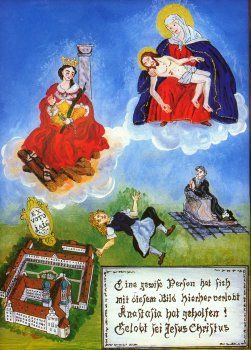THE COMPLEMENTARY THERAPIES IN THE INFIRMARY SCHOOL
Abstract
Introduction: The complementary therapies are acquiring bigger protagonism. The World Health Organization recommends them to the nurses like a strategy to reach the objective of “Health for everyone". The objective of our work is to study as the nursing students of the University of Jaén register and develop these therapies during its assistance practices. Methodology: A descriptive study. We extract the complementary therapies registered in 120 processes of the nursing students and we also study their execution in the clinical practices. Next we have included these performances inside the corresponding interventions of the Nursing Interventions Classification (NIC). Results: 23 are the activities of the students that we could classify inside the complementary therapies. Discussion: we compare our work with the studies of two authors which have analyzed the level of the students' knowledge regarding these methods in two nursing schools in Sao Paulo and in the Faculty of Health Sciences in Zaragoza. Conclusion: the complementary therapies executed by the students are accessible, of intuitive character and they are not based in very specific techniques. The NIC includes interventions based on these methods, but many others could be included.Downloads
-
Abstract2282
-
PDF (Español (España))2879
The works published in this magazine are subject to the following terms:
1. The Publications Service of the University of Murcia (the publisher) preserves the copyright of the published works, and encourages and allows the reuse of the works under the license for use stated in point 2.
© Servicio de Publicaciones, Universidad de Murcia, 2011 (© Publications Service, University of Murcia, 2011)
2. The works are published in the electronic edition of the journal under Creative Commons Reconocimiento-NoComercial-SinObraDerivada 3.0 España(texto legal) “ a Attribution-NonCommercial-NoDerivatives 3.0 Spain license (legal text)”. They can be copied, used, broadcasted, transmitted and publicly displayed, provided that: i) the authorship and original source of their publication (journal, publisher and URL) are cited; (ii) are not used for commercial purposes; iii) the existence and specifications of this license is mentioned.
3. Conditions of self-archiving. Authors are allowed and encouraged to electronically disseminate the pre-print (pre-reviewed ) and / or post-print (reviewed and accepted for publication) versions of their works prior to publication, as it ensures a wider circulation and dissemination which may lead to a possible increase in its mention and a higher scope among the academic community. RoMEO color: green.













